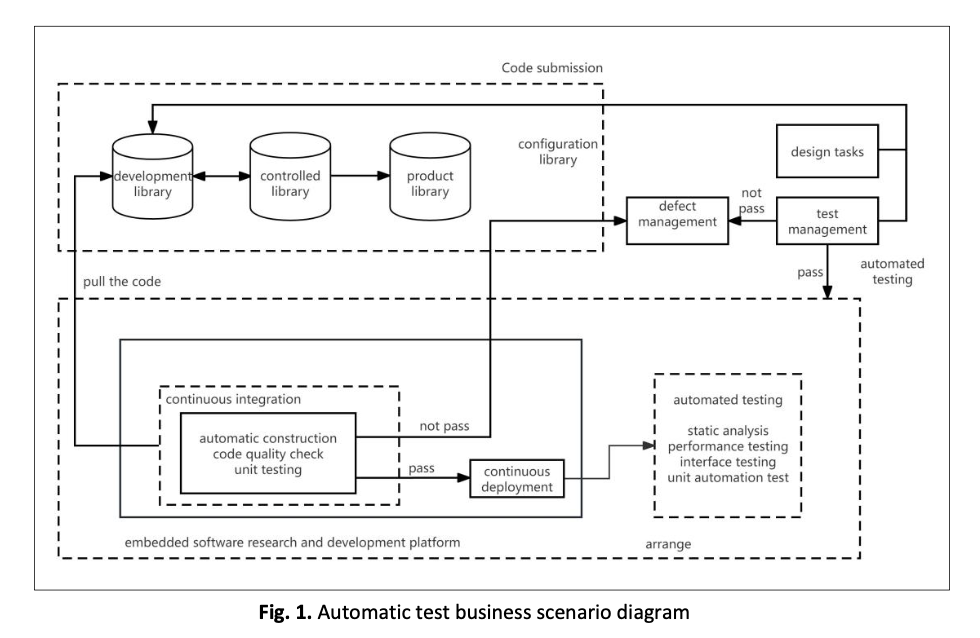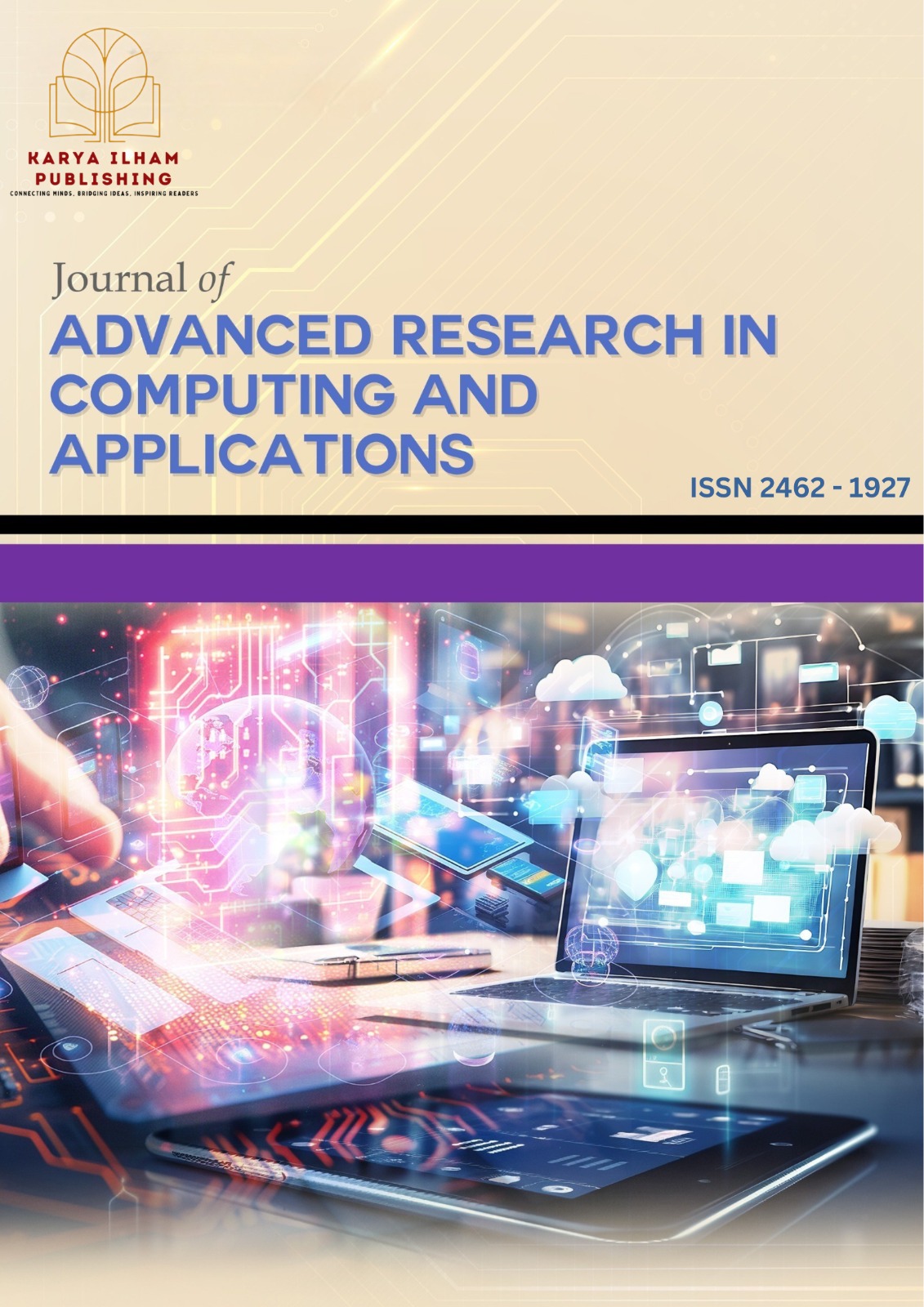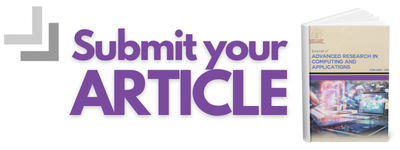Automated Unit Testing Practice Based on the Embedded Software Development Platform
DOI:
https://doi.org/10.37934/arca.39.1.164180Keywords:
Automated test, test strategy, defect management, test coverageAbstract
Embedded software plays an essential role in modern technological systems, where both quality and reliability are critical. However, traditional testing methods often face significant challenges in efficiency and coverage. Therefore, there is an increasing demand for more effective and comprehensive testing strategies.This study aims to explore automated testing within embedded software development, focusing on its advantages, methodologies, and overall impact on software quality. An experimental approach is adopted, using automated unit testing tools to validate testing performance. The testing process covers functional, interface, user interface, and performance aspects.The results demonstrate that automated testing enables faster issue detection, improves precision, and enhances overall testing efficiency. Furthermore, the study identifies various categories of automated tests specifically designed to address different requirements in embedded software development. Besides that, the research confirms that broad test coverage is achievable through well-structured automated unit testing.In addition, this study emphasises the importance of integrating automated testing into the entire embedded software development process. Effective application relies on best practices, including careful tool selection, clear and concise test scripting, early and continuous testing, and active collaboration among stakeholders. By following these strategies, development teams can achieve faster, more reliable software delivery.Thus, automated testing offers a practical and efficient solution to improve software quality in embedded systems. Future research should explore the integration of automated and manual testing, security testing for embedded applications, and the application of machine learning and artificial intelligence to further enhance testing capabilities.
















